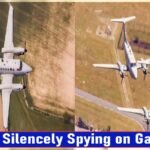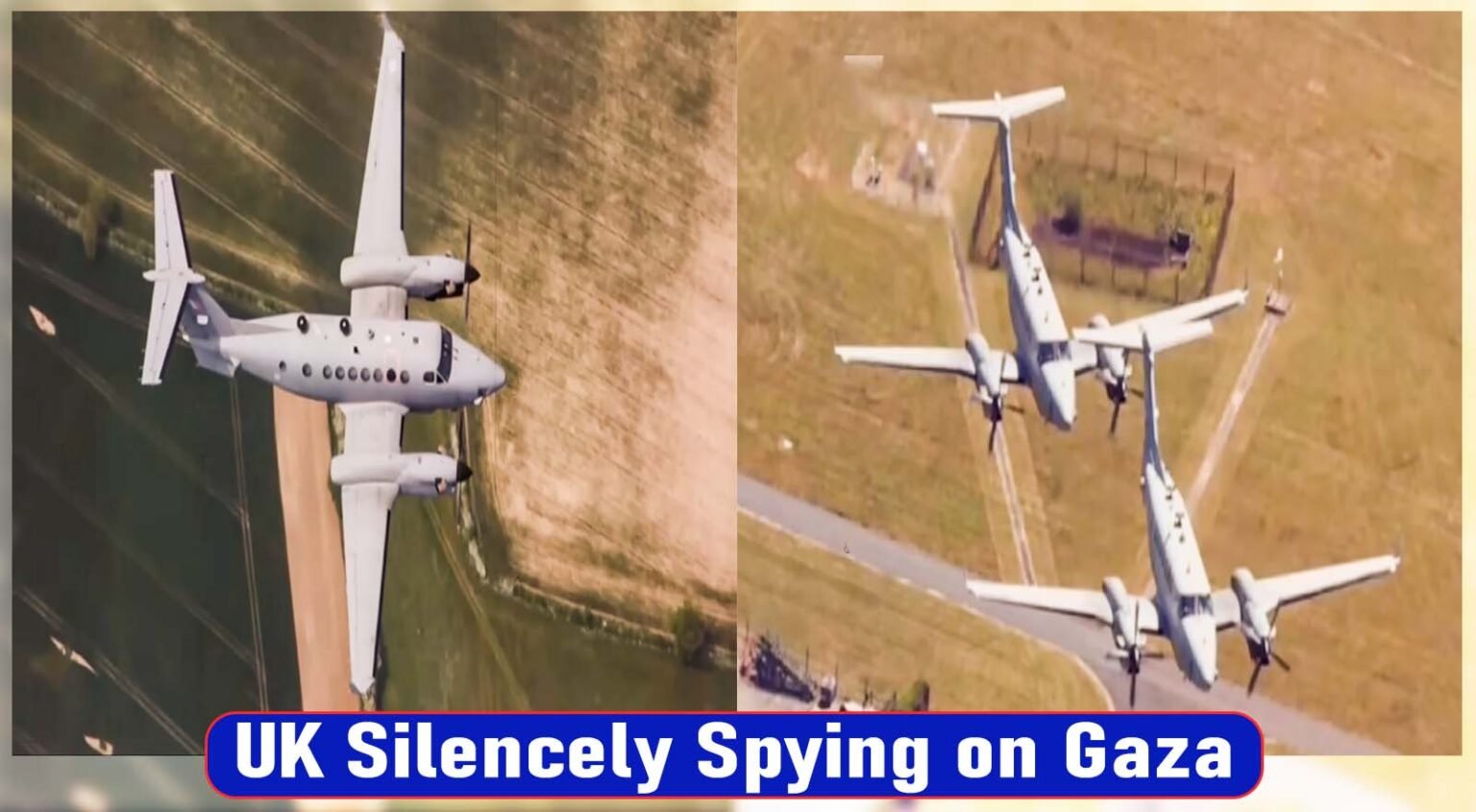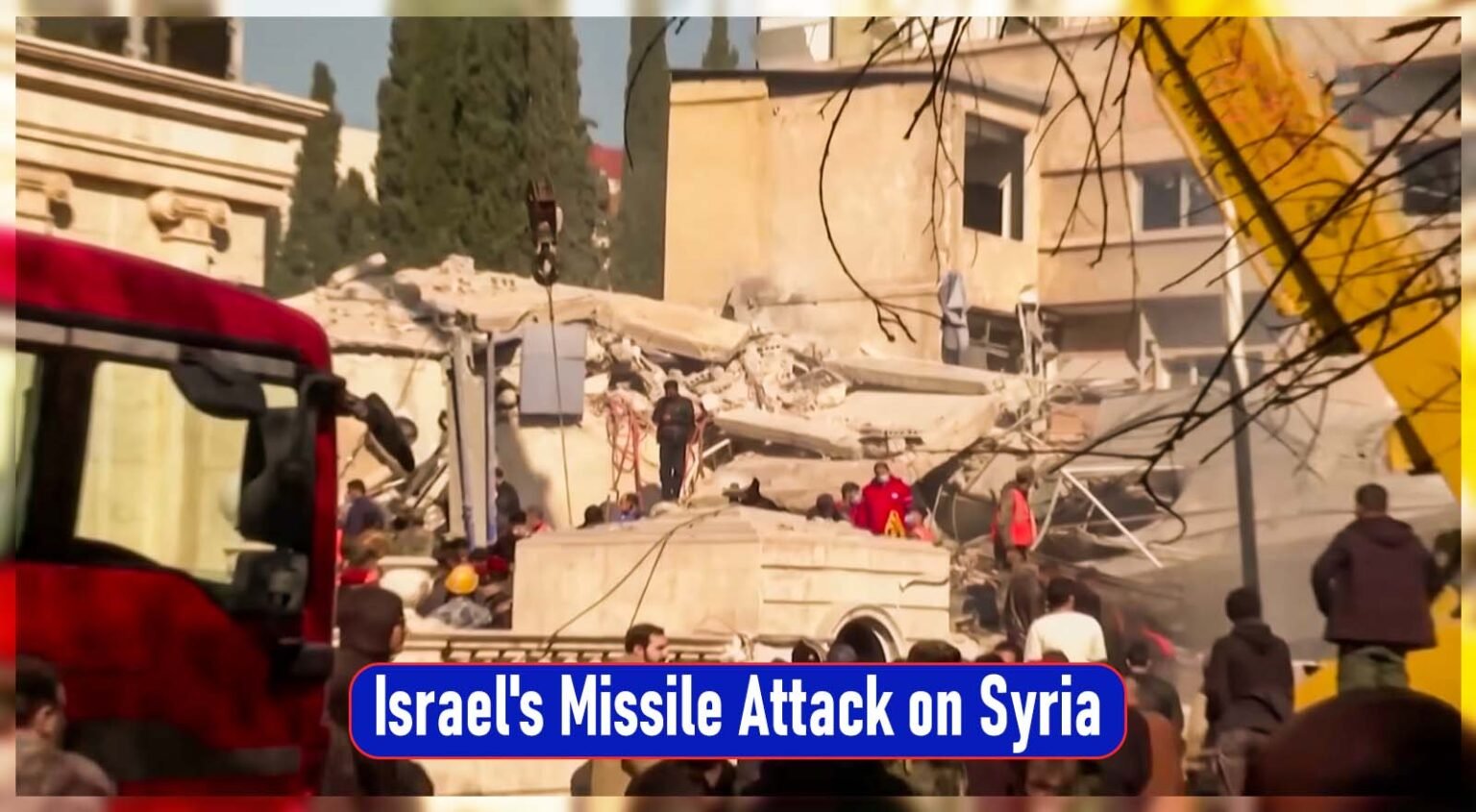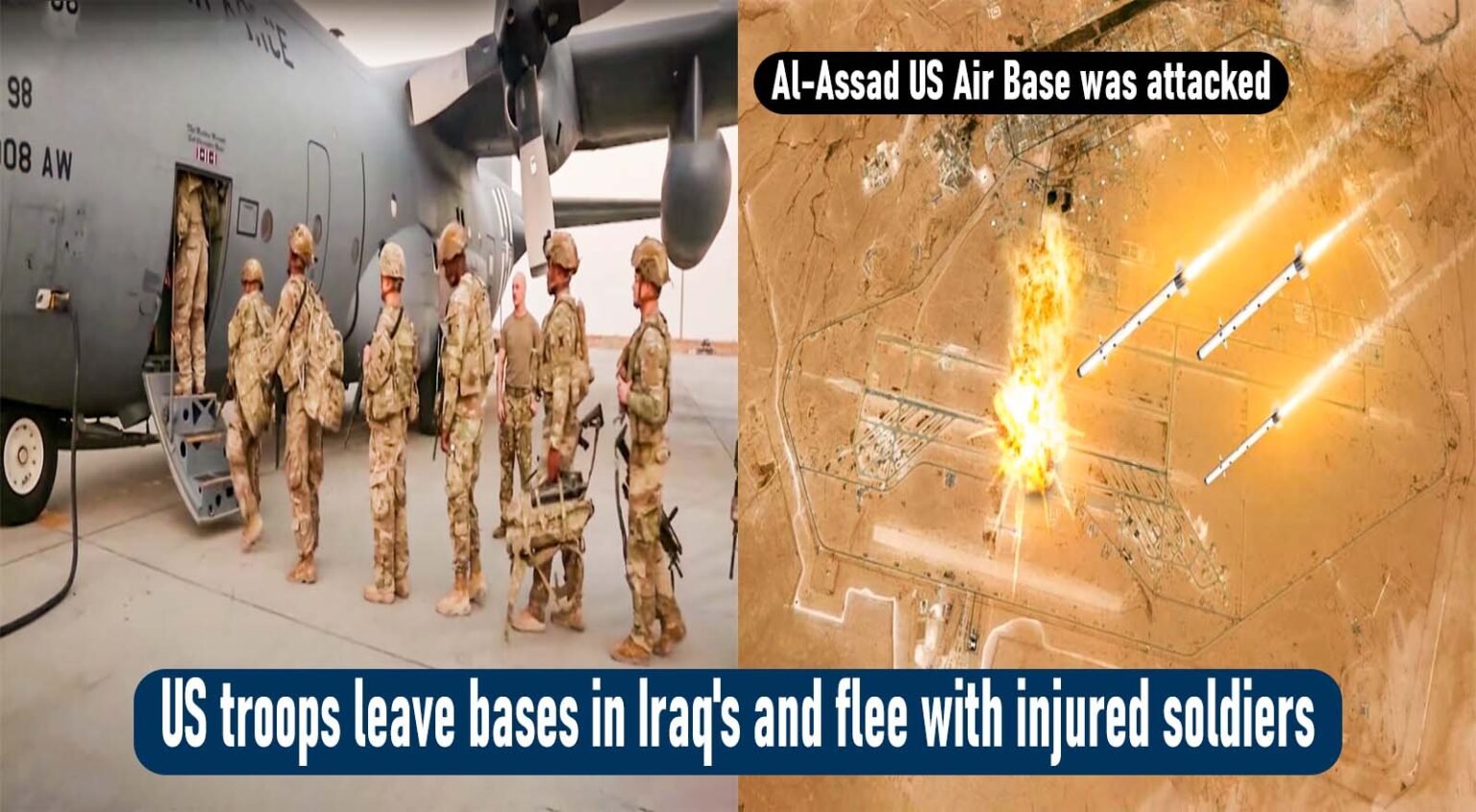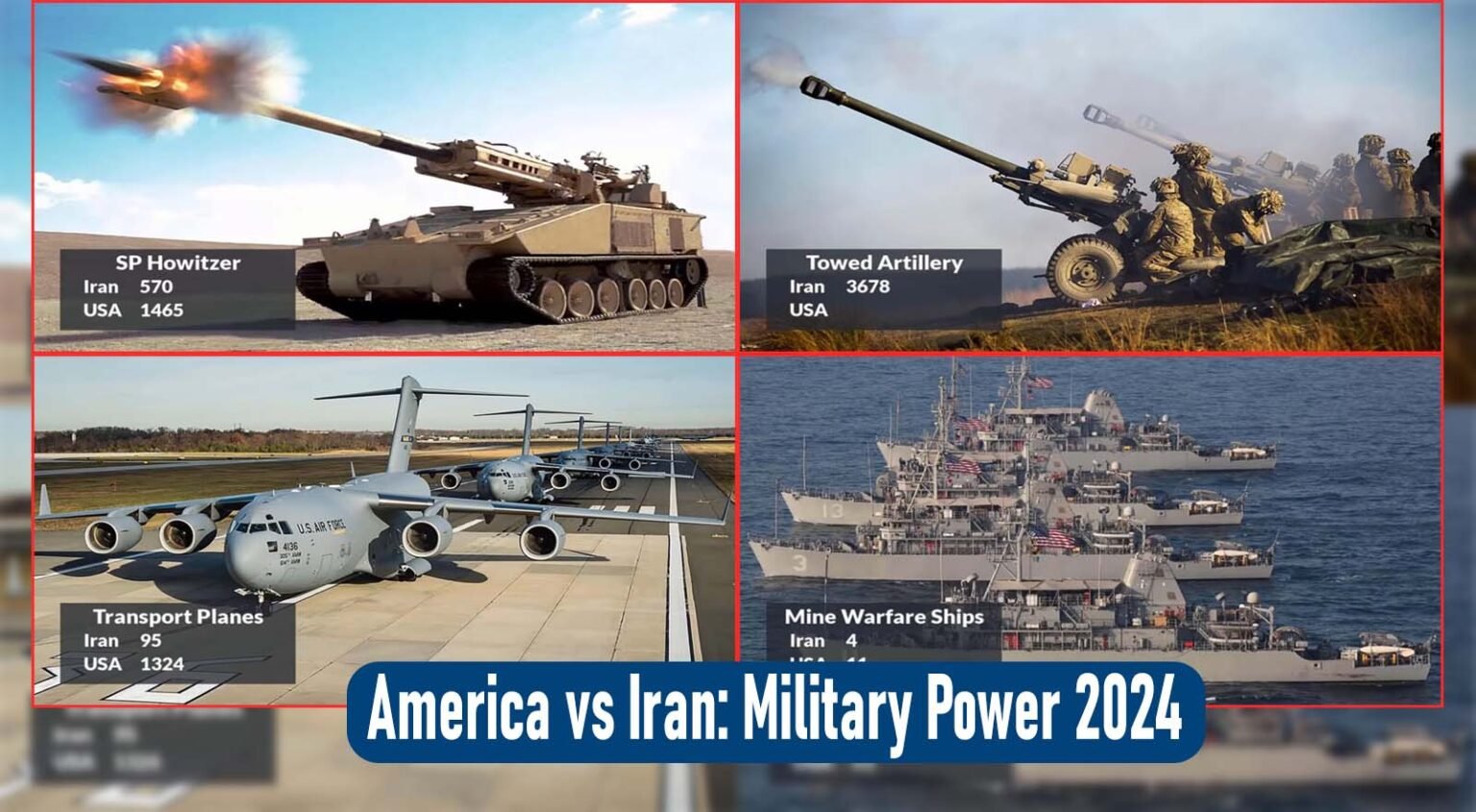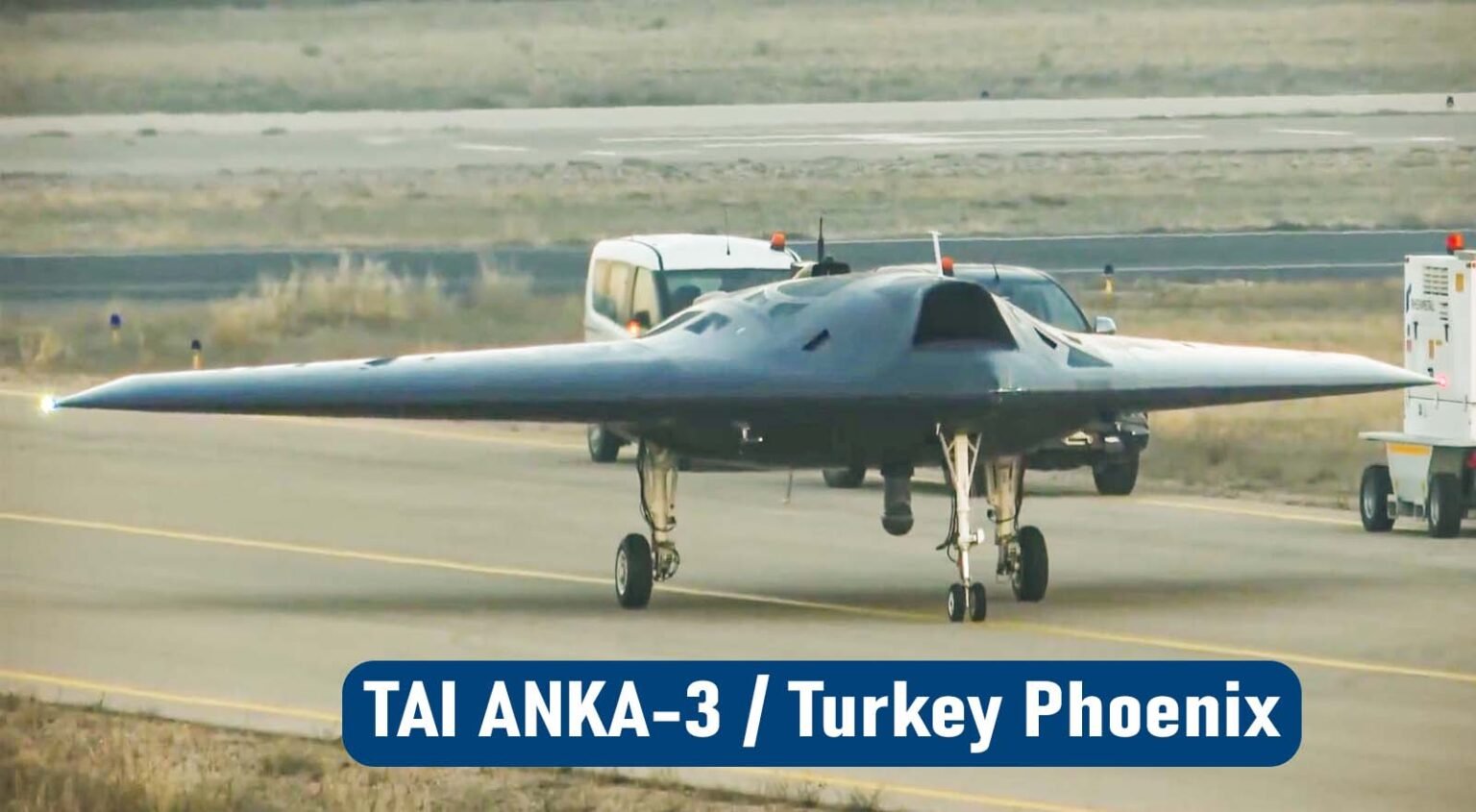The Russian Air Force uses the fifth-generation fighter jet that Sukhoi produced, the Su-57. With its canard layout, internal weapons carriage, and materials that absorb radar, it is a stealthy single-seat, twin-engine, multi-role fighter. With its thrust vectoring engines and sophisticated flight control systems, it can move extremely well. The Su-57, which has been under development since the 1980s, is scheduled to replace the Su-27 Flanker as Russia’s top fighter aircraft when it enters service with the Air Force in 2023. (Sukhoi Su-57)
We have compared this Sukhoi Su-57 vs F-35 Fighter jet. If you are interested in the comparison you can check it out by Clicking here.
Sukhoi Su-57 Development
The I-90, a multipurpose fighter aircraft designed by the Soviet Union in 1979, was intended to take the place of the MiG-29 and Su-27 in frontline tactical aviation duty. The MFI and the smaller LFI were the two projects created to satisfy these specifications. After being chosen for the MFI, Mikoyan started working on the MiG 1.44/1.42, and Sukhoi launched its own program in 1983 that culminated in the experimental S-32 forward-swept wing aircraft. Sukhoi Su-57
The PAK FA, or I-21 program, was started in 1999 by the Russian Ministry of Defense after the MFI and LFI were canceled owing to excessive expenses. The program’s goal was to create a fifth-generation fighter with a single multirole that could take the place of the Su-27 and MiG-29. Unlike Mikoyan, Sukhoi entered the PAK FA competition as the main designer from the start and had a shared work agreement that covered the whole development and manufacturing cycle. Sukhoi Su-57
Sukhoi was chosen by the Ministry of Defense as the primary design bureau for the new aircraft and as the PAK FA competition winner in April 2002. Taking into account Sukhoi’s 1990s expertise, flight testing was scheduled to start in 2007. At its own expense, Mikoyan kept working on developing the E-721 as the LMFS.
Sukhoi Su-57 Design Overview
The Russian military’s Sukhoi created the fifth-generation multirole fighter aircraft, the Su-57, with the goal of offering super maneuverability and stealth in all directions. All-moving horizontal and vertical stabilizers, a broad blended wing body fuselage with two engines, and movable leading-edge vortex controllers (LEVCONs) for enhanced static instability and agility are some of its characteristics. Multiple big air-to-surface weapons may be carried by the aircraft thanks to its enormous internal cargo capacity. Sukhoi Su-57

Large leading edge root extensions and thrust vectoring, which improve static instability and maneuverability, are features of the Su-57’s design. The internal weapons carriage of the aircraft preserves stealth shape and allows for increased speed by eliminating drag from external storage. The aircraft is extremely maneuverable in all directions and resistant to departure because to its innovative KSU-50 flight control system, canted thrust vectoring nozzles, and high degree of static instability. Its ability to fly supersonic and reach Mach 2 speeds without the need for afterburners gives it a major kinematic advantage over earlier aircraft generations and increases the effective range of missiles and bombs. The Su-57’s supersonic range surpasses that of the Su-27 by more than twice, reaching nearly 1,500 km (930 mi) while operating with a heavy fuel load.Sukhoi Su-57
We have compared this Sukhoi Su-57 vs F-35 Fighter jet. If you are interested in the comparison you can check it out by Clicking here.
Research and it’s history of Sukhoi Su-57
Sukhoi launched the PAK FA (Past Generation Fighter Aircraft) research and development program in 2002. Alexander Davidenko developed the T-50, which was manufactured by the Komsomolsk-on-Amur Aircraft Production Association and the Novosibirsk Aircraft Production Association. Many organizations, including Tekhnokompleks Scientific and Production Center, Ramenskoye Instrument Building Design Bureau, and NIIP, collaborated to design the avionics suite. Existing airframes were used as testbeds for different concepts and components to evaluate the T-50. In order to lower development risk and close the technical gap with current fourth-generation fighters, Sukhoi integrated part of the T-50’s technology into the T-10BM, an upgraded Su-27 derivative. The Su-57 was given to the T-50 in July 2017 after it received formal approval in 2009. Sukhoi Su-57
In an attempt to acquire more money and significant export orders, Russia pursued collaborations abroad. The Fifth Generation Fighter Aircraft (FGFA) development deal between India and Russia was signed in 2007 by Sukhoi and Hindustan Aeronautics Limited. India withdrew from the cooperation in 2018 because to concerns over cost, workshare, and performance, despite the agreement’s estimated eight to ten-year development period.
We have compared this Sukhoi Su-57 vs F-35 Fighter jet. If you are interested in the comparison you can check it out by Clicking here.
Engine and Stealth Features of Sukhoi Su-57
The Su-57 is a Russian military aircraft powered by the NPO Lyulka-Saturn izdeliye 117, or AL-41F1, augmented turbofans. The engine is a highly improved and uprated variant of the AL-31, producing 9 tonnes of dry thrust, 14.5 tonnes of thrust in afterburner, and 15 tonnes of thrust in “special” emergency power. The aircraft employs thrust vector control (TVC) and employs variable intake ramps and retractable mesh screens for supersonic efficiency. The Su-57 is the first aircraft in Russian military service to emphasize stealth, employing methods to reduce its radar signature. The aircraft aligns planform edges, angled wings and control surfaces, and serrated skin panels to reduce the number of directions radar waves can be reflected. Weapons are carried internally, antennas are recessed from the skin, and radar absorbent material (RAM) coatings absorb radar emissions. The aircraft canopy is coated with 70-90 nm thick metal oxide layers with enhanced radar wave absorbing to minimize the radar return of the cockpit and protect the pilot from ultraviolet and thermal radiation. (Sukhoi Su-57)

Cockpit and pilot’s seat of Sukhoi Su-57
The Su-57 is a Russian military aircraft with a glass cockpit with no analogue gauges, featuring two multi-functional LCD displays and a wide-angle head-up display. Primary controls are the joystick and a pair of throttles, with all major functions controlled with hands on throttle and stick. The aircraft uses a two-piece canopy with metallized coatings to reduce radar signature. The Su-57 uses the NPP Zvezda K-36D-5 ejection seat and the SOZhE-50 life support system, which includes an anti-g and oxygen generating system. The pilot is equipped with a ZSh-10B helmet, which mounts the NSTsI-50 digital display system, enhancing situational awareness and allowing high-angle off-boresight target engagement. The life support system allows pilots to perform 9-g maneuvers for up to 30 seconds at a time. (Sukhoi Su-57)
We have compared this Sukhoi Su-57 vs F-35 Fighter jet. If you are interested in the comparison you can check it out by Clicking here.
Prototypes of Sukhoi Su-57
Technical issues delayed the T-50’s initial flight, and Sukhoi general director Mikhail Pogosyan revealed the prototype in February 2009. It took five to ten years for commercial manufacturing to begin, although the maiden flight was anticipated by year’s end. The announcement by Deputy Prime Minister Sergei Ivanov that trials will start in 2010 caused a further postponement of flight testing. The first prototype aircraft, T-50-1, had its first flight in January 2010 after passing the initial taxi test in December 2009. By October 2013, the test program had accumulated more than 450 flights in five different aircraft. (Sukhoi Su-57)
For state trials and preliminary flight testing, ten flying and three non-flying T-50 prototypes were constructed. The first prototypes’ inadequate fatigue life was discovered through testing, which prompted a structural revision. The aircraft was redesigned with a longer tail “sting,” more composite material use, a stronger structure, and a somewhat larger wingspan. The final two flying prototypes were production-ready test pieces for Su-57 aircraft equipped with complete mission systems. The delivery of the first production aircraft was delayed from 2015 to 2020 due to problems and mishaps during testing. (Sukhoi Su-57)
Subtypes of the Sukhoi Su-57
Su-57
Su-57E is Su-57 in export variant.[221] The aircraft was originally introduced to foreign consumers on March 28, 2019, during the 2019 Langkawi International Maritime and Aerospace Exhibition.[222] On March 28, 2019, the aircraft was formally presented at the MAKS-2019 air show.[223] The aircraft is being marketed by Rosoboronexport as a Perspective multirole fighter (PMF). (Sukhoi Su-57)
Su-57E
Under the Megapolis program, the Su-57M is an upgraded version of the base Su-57 that has new flight control actuators, enhanced reliability and maintenance, and Saturn izdeliye 30 engines. The first flight tests are scheduled for 2022, and the mid-2020s are when serial manufacturing is expected to start. (Sukhoi Su-57)
Su-57M
Before a prototype could be constructed, India withdrew from the Sukhoi/HAL FGFA program in 2018, which was intended to be a Su-57 variant for the Indian Air Force. The FGFA varied in 43 aspects, including stealth, supercruise, sensors, networking, and combat avionics. It was designed to be the main export version of the PAK FA. There were contradictory reports on the FGFA: Mikhail Pogosyan of United Aircraft Corporation said that the FGFA and PAK FA will employ “identical onboard systems and avionics,” whereas India detailed significant enhancements above the basic PAK FA. (Sukhoi Su-57)
We have compared this Sukhoi Su-57 vs F-35 Fighter jet. If you are interested in the comparison you can check it out by Clicking here.
history made in operation by Su-57
Before the T-50 prototype’s maiden flight in 2010, it underwent testing aboard a variety of aircraft. In March 2011, the first supersonic flight took place at a test range close to Komsomolsk-on-Amur. The Su-57 aircraft was put through joint state trials at the 929th State Flight Test Centre and preliminary trials at the Gromov Flight Research Institute. When GSI-1 and GSI-2 were finished, the aircraft’s airworthiness was approved. (Sukhoi Su-57)

The first Su-57 aircraft was delivered to one of the aviation regiments of the Southern Military District at Lipetsk Air Base on December 25, 2020, according to a statement released by the Russian Defense Ministry. The 23rd Guards Fighter Aviation Regiment will be the first operational unit outfitted with the Su-57; deliveries are scheduled to start in 2023. By 2025, the first regiment of 24 fully outfitted Su-57 aircraft should be in service. (Sukhoi Su-57)
Russian sources stated in May 2022 that during Russia’s invasion of Ukraine in 2022, Su-57 jets were deployed, firing missiles against targets outside the Ukrainian air defense zones. According to RIA Novosti, in June 2022, four Su-57s operating in a network were utilized over Ukraine in the SEAD function to locate and eliminate Ukrainian air defense installations. General Sergey Surovikin of the Russian army asserted that the Su-57 was utilized in the conflict in Ukraine for both air-to-ground and air-to-air missions. (Sukhoi Su-57)
We have compared this Sukhoi Su-57 vs F-35 Fighter jet. If you are interested in the comparison you can check it out by Clicking here.
Sukhoi Su-57 general specifications
Crew: 1
Length: 20.1 m (65 ft 11 in)
Wingspan: 14.1 m (46 ft 3 in)
Height: 4.6 m (15 ft 1 in)
Wing area: 78.8 m2 (848 sq ft)
Empty weight: 18,000 kg (39,683 lb)
Gross weight: 25,000 kg (55,116 lb) normal takeoff weight, 29,270 kg (64,530 lb) at full load
Max takeoff weight: 35,000 kg (77,162 lb)
Fuel capacity: 10,300 kg (22,700 lb)
Powerplant: 2 × Saturn AL-41F1 afterburning turbofan, 88.3 kN (19,900 lbf) thrust each dry, 142.2 kN (32,000 lbf) with afterburner, 147.1 kN (33,100 lbf)
(Sukhoi Su-57)
If you want to learn about the TAI ANKA UCAV specifications, then click it.
Sukhoi Su-57 Performance
Maximum altitude Mach 1.3 (1,400 km/h; 870 mph) and maximum speed Mach 2 (2,135 km/h; 1,327 mph) supercruise in the air
3,500 km is the range (2,200 mi, 1,900 nmi) 4,500 km subsonic with two outboard fuel tanks
1,500 km is the supersonic range (930 mi, 810 nmi).
Service ceiling 66,000 feet (20000 meters)
Wing loading is 371 kg/m2 (76 lb/sq foot); g limits: +9.0 typical weight at takeoff
Thrust/weight 1.16 at the standard takeoff mass
(Sukhoi Su-57)

Sukhoi Su-57 Armament
Air-to-air missiles
R-77M
R-74M2
R-37
Air-to-surface missiles
Kh-38M
Kh-59MK2
Kh-69
Anti-ship missiles
Kh-35U
Kh-31
Anti-radiation missiles
Kh-58UShK
KAB-250 guided bomb
KAB-500 guided bomb
Anti-tank “Drill”
(Sukhoi Su-57)
Sukhoi Su-57 Avionics
MIRES stands for multifunctional integrated radio electronic system (Sh-121).
Byelka radar (60 tracks, 400 km, 16 targets)
N036-1-01: Active electronically scanned array (AESA) radar operating in the frontal X-band; N036B-1-01: X-band AESA radars operating in the cheeks for enhanced angle coverage
N036L-1-01: IFF L402 Himalayas electronic countermeasure suite slat L-band arrays
Electro-optical targeting system 101KS Atoll
101KS-O: Infrared Counter Measures with Laser Directionality
101KS-V: Track and search with infrared
101KS-U: Warning system for ultraviolet missile approaches
101KS-N: Pod of interest
101KS-P: thermal imaging system for night landings and low-altitude flying
(Sukhoi Su-57)
IIf you want to learn about the Tai Kaan (TF-X Kaan), F-22 Raptor, F-35 Lightning II or KAI KF-21 Boramae (KF-X), then click on the name of the specific fighter’s name and go to the main page about the fighter on our site.
If you want to go to the site of the American Air Force to confirm about the F-35, then click here
FAQ
What is the maximum speed of the Su-57?
the maximum speed of the Su-57 is mach 2.1 to 2.4 mach. (Sukhoi Su-57)
Which company made the Su-57?
The production and manufacturing of the Sukhoi Su-57 lie with United Aircraft Corporation (UAC), a major Russian state-owned aerospace corporation. (Sukhoi Su-57)
Which engine is currently used in the Su-57?
Two NPO Lyulka-Saturn izdeliye 117, or AL-41F1, enhanced turbofans provide power to the Su-57. (Sukhoi Su-57)
Su-57 is compared to which fighter jets?
Su-57 is compared with F-35, F-22 and J-20. (Sukhoi Su-57)
How much does each Su-57 cost?
Each Su-57 costs around $35 million. But it’s very on the situation and the government of Russia. (Sukhoi Su-57)


